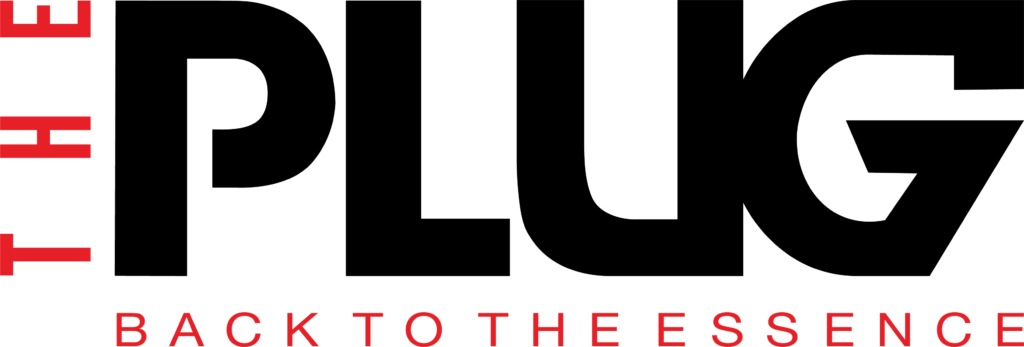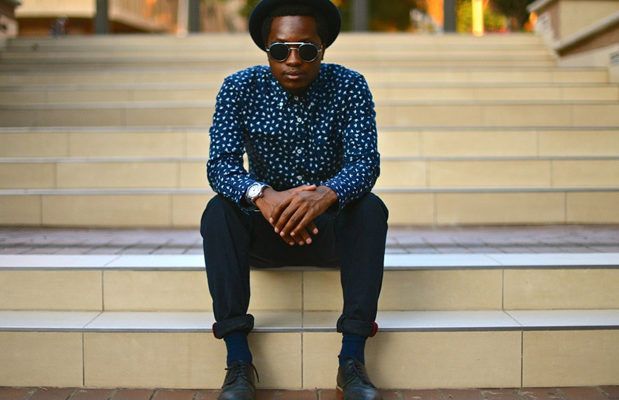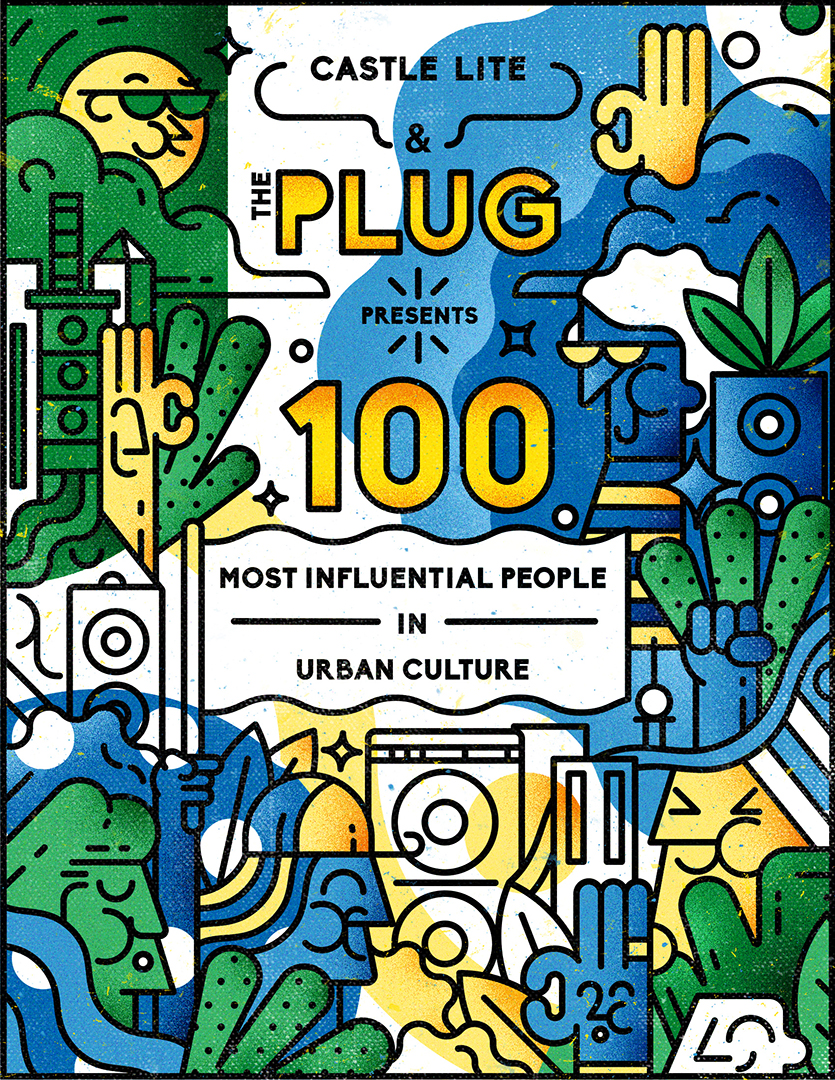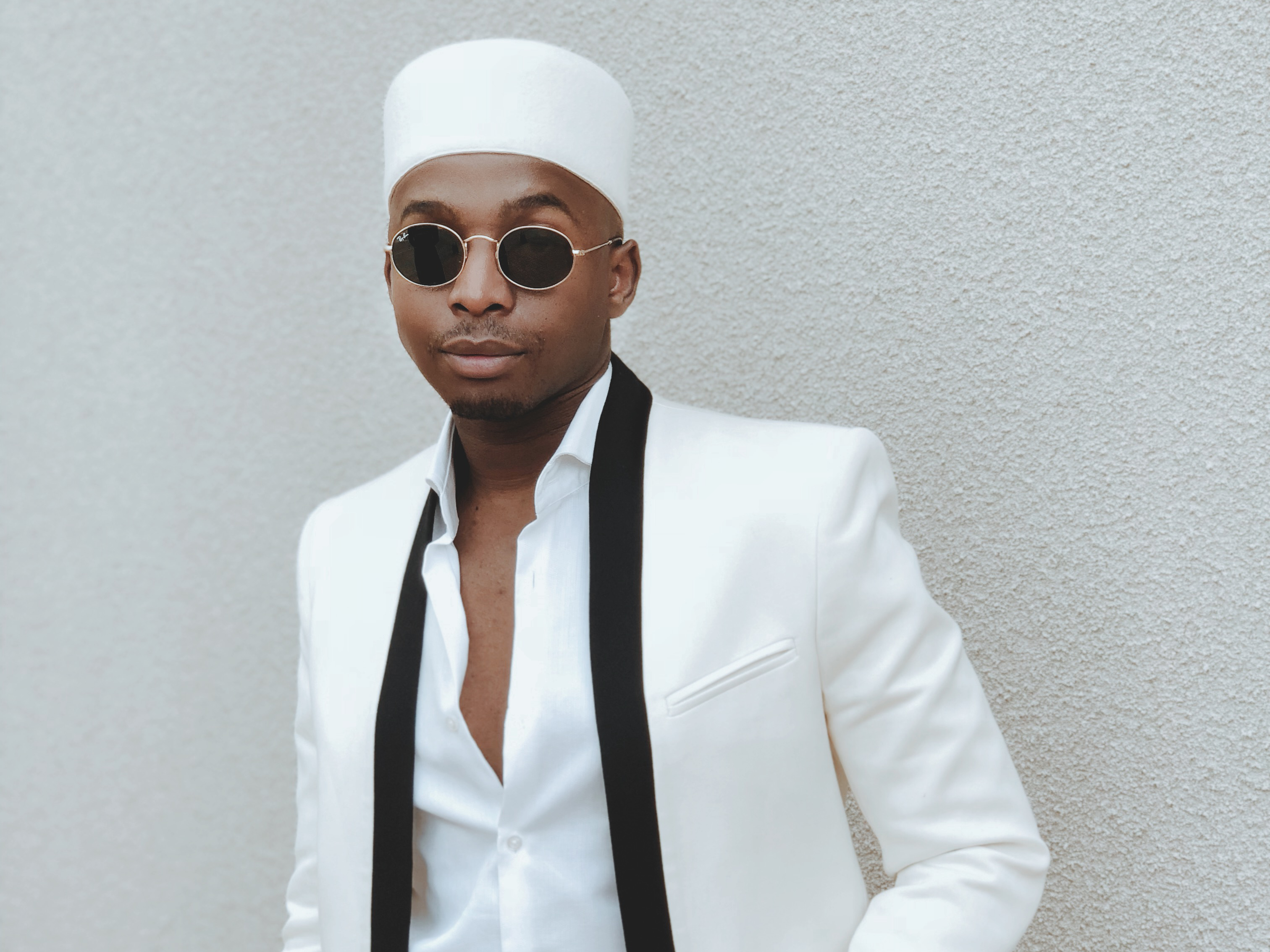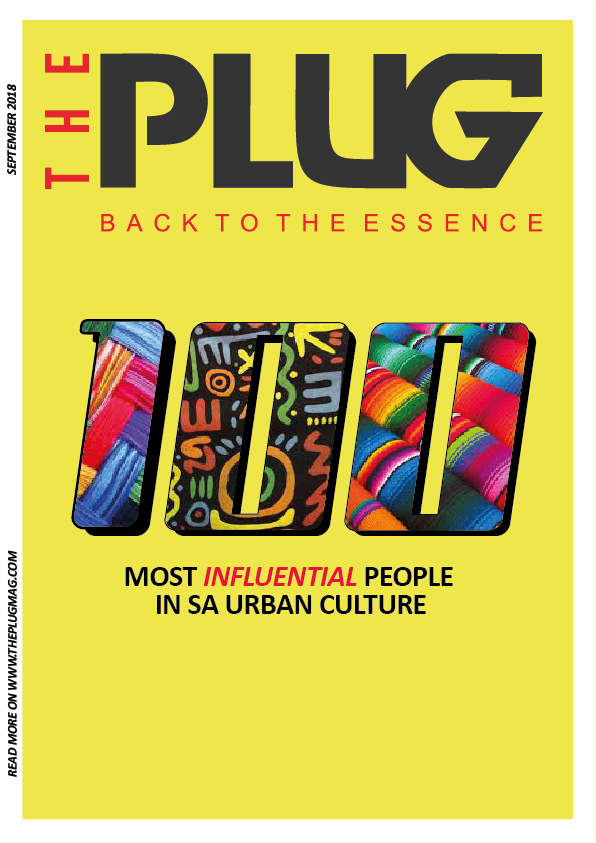Words by Azola Mona
Images from anthonybila.tumblr.com
and instagram.com/theexpressionist
Artist, videographer, photographer and blogger are but a few of many ways to describe our creative of the month. From exhibitions at the Swedish Embassy in Stockholm, features in New York Magazine & The Wall Street Journal, to playing himself in films that were shown at Cannes Film Festival, Anthony Bila is a man of many talents. Known for his amazing brand collaborations with major players such as Woolworths, Mr. Price, Topman UK, Wrangler, Grazia France, i-D Magazine and other brands respectively, his blog-and fashion photography that takes on a very afrocentric approach and focuses on bringing African fashion to the world, the self-taught photographer has accomplished a great deal and made an indelible mark in the local and international creative industry. Described by MINI SA as an urban phenomenon, I took some time to catch up with the man behind The Expressionist.

Who is Anthony Bila, and how would you describe exactly what it is that you do?
It’s far easier to describe what I do rather than who I am, although those two things are inseparable in my instance. What I do informs how I define myself. I am a multidisciplinary artist who uses various mediums to communicate and connect to the world around him; those include photography, film, fine art, fashion music and whatever else I need to learn to for the task at hand. And sometimes, I refer to myself in the third person.

You started off your career in marketing the age of 14 and you’ve since built quite a strong name for yourself as a key player and jack of all trades in the creative industry, please tell me about your journey from then until now?
Everything I’ve learned so far has taught me one lesson. The lesson will repeat itself until you learn from it and it’s important to learn for you to grow and progress. I started working in advertising as Junior Board of Directors member at a Youth Marketing Agency called HDI Youth Marketeers. My first gig for them was actually a TVC where I had to rap. The relationship with the agency blossomed over the years and after studying and graduating, I worked there for 3 years as an account manager on a few brands. I had also studied radio and migrated to working for Gareth Cliff as a producer and project manager. I moved on from there to a digital agency called NXT for three years and finally to a social agency as a senior content and community manager overseeing a team of creatives to produce content for one of South Africa’s leading telecoms brands. In the midst of all that, I was freelancing as a photographer and director for brands locally and internationally. I left advertising 2 years ago now and I’ve been working as a creative director, consultant in a freelance capacity as well as a photographer/director as well as a director for The Uncultured Club.

Where does your passion for the arts/creative industry stem from?
It’s as simple as the fact that I was just born with an inclination towards the arts. The arts were a means of escape from the environment I grew up in. I was born in Tembisa, a township in the East Rand or Ekhuruleni. I loved reading from as early as I could remember and this was before the internet was what it is today, so books and comics where my resources, and the library. The interesting thing with information is the more you consume at a point you go from passive consumer, to active producer. This is what happened to me and what lead me down the path I chose.

Amongst other things such as radio, you’ve also dabbled a bit into film- tell me about your experience with working on the film “Ayanda” and your eponymous documentary “Anthony Bila”
That was one of the most challenging creative projects I have ever participated in. I enjoyed acting and drama in school but that’s where it ended, also there is nothing more bizarre than playing yourself. You don’t have the perspective on yourself that other people do, so you have to become very self-aware. I had a wonderful director in the form of Sara Blecher to guide me fortunately. I learned a lot about feature films on the project too, I want to work in features one day and this was a great first foray.

Who/What are your creative inspirations?
I don’t have any one particular source of inspiration, the internet is fertile ground to learn and discover new information all the time. It’s a free university with so much to absorb, that you can never exhaust it. But I draw on a number of creative resources in the form of my friends and partners Chisanga and Nicky at The Uncultured Club as well as artists from all kinds of time periods like Basquiat, Rothko, Haring, and musicians like Kanye, R.E.M., Kendrick Lamar, Radiohead and so many more. More so, the country is inspiring right now, there are so many emerging creatives who are doing new and interesting work in their fields who span age, gender, race. It’s an inspiring time to be alive in the world.

You’re not a formally trained photographer, so how did you get into photography? And what would you describe your photography style?
My photography style, because I didn’t learn the technical aspects until I needed them as and when the opportunities presented themselves, is emotive. I’m definitely an emotive photographer, I learn what I need to when I need to so that I can communicate or express the emotion or message I’m aiming for. I think I was always taking photographs mentally and storing them in the form of my illustrations, this process was more laborious but ultimately rewarding. In time, I wanted to expand my repertoire of mediums used to express myself. I was and still am a big Tumblr user and the kind of content I’d curate led me to want to go beyond curating and start creating, especially because of the lack of representation on the internet of people of colour, especially when I started all those years ago.

What drives you?
My passion, my passion is to create and tell stories about Africa, by Africans that breaks the clichés and stereotypes that have stifled and put us in a box.

Who are your favourite local and international creatives?
Too many too mention them all but Mashaybhuqe, Alternative Visuals, The Uncultured Club, Champagne 69, Patrick Lee, Langa Mavuso, Seth aka African Ginger, Buli, Vox Portent, Dear Ribane, and so many others I’ve had the privileged of collaborating with or admiring regarding their work. Internationally I admire work from the likes Denis Villeneuve, David Fincher, Rei Kawakubo, Yoji Yamamoto, Kurosawa, Steve Mcqueen, and a lot of others. I could list hundreds of influences but none of us have that kind of time.

You’ve worked with a number of international brands on various projects, what would you say was your favorite collaboration and why?
My favourite collaboration thus far was probably the Adidas Unite Joburg campaign; I worked in tandem with the likes of Chris Saunders, I See A Different You, Hanro Havenga to photograph a cross section of people from all walks of life. My work in particular from that campaign was chosen to be showcased in Adidas’ magazine alongside an interview on my work and process.

What interesting projects are you working on currently?
I am working on art house film, and moving also into directing commercials after the success of the GalxBoy Start Something campaign I directed and photographed. I also have an exhibition I am working on with Singleton happening in May alongside some other projects I can’t say too much about right now, I always prefer for the proof to be in the pudding.

What are your views on the current creative landscape in SA, specifically with regards to the rise of the black creative?
I think it’s competitive and healthy; it’s still by and large controlled by people who aren’t representative of South Africa’s demographic or creative make up. It’s evident in who are the most popular creatives versus who are the decision makers and minds behind the strategies and campaigns. There’s a chasm between the two, this is where my experience in the advertising world helps me to navigate a very arduous landscape. It isn’t easy being a black creative, anywhere in the world, not even in South Africa where we should be thriving. I don’t think we lack in ability and talent, but we are grossly underrepresented, especially in boardrooms and agencies. Often we’re window dressing but aren’t being utilized to conceptualize and consult at the ideation phase; usually we’re the afterthought when brands and agencies need credibility with the culture, as much as I hate to use that word.
Where do you see yourself in the next 5 years?
I want to be working in feature and short films as a writer/director perhaps sometimes cinematographer. I also want to move more into fine art in whatever form that takes, whether it’s photography, painting or illustration. I am also interested in music and fashion as creative hobbies, but as with most things I do, who knows where that may take me too.

What legacy do you want to leave in the industry?
I think I’ve made large strides to leaving a legacy, but there is still much farther to go. When I started more than 5 years ago, the landscape was very different and very arid. At the moment, I see blossoms and bloom, so I want to just keep doing the kind of work that challenges black creatives like myself to push ourselves beyond the expected and stereotypical to disrupt.

What advice would you give young, up and coming photographers/ creatives who want to follow in your footsteps?
Don’t follow me, I don’t know what I’m doing. Learn from my mistakes, but forge your own path, do better than I did, than I’m doing and inspire those who are coming after you.





